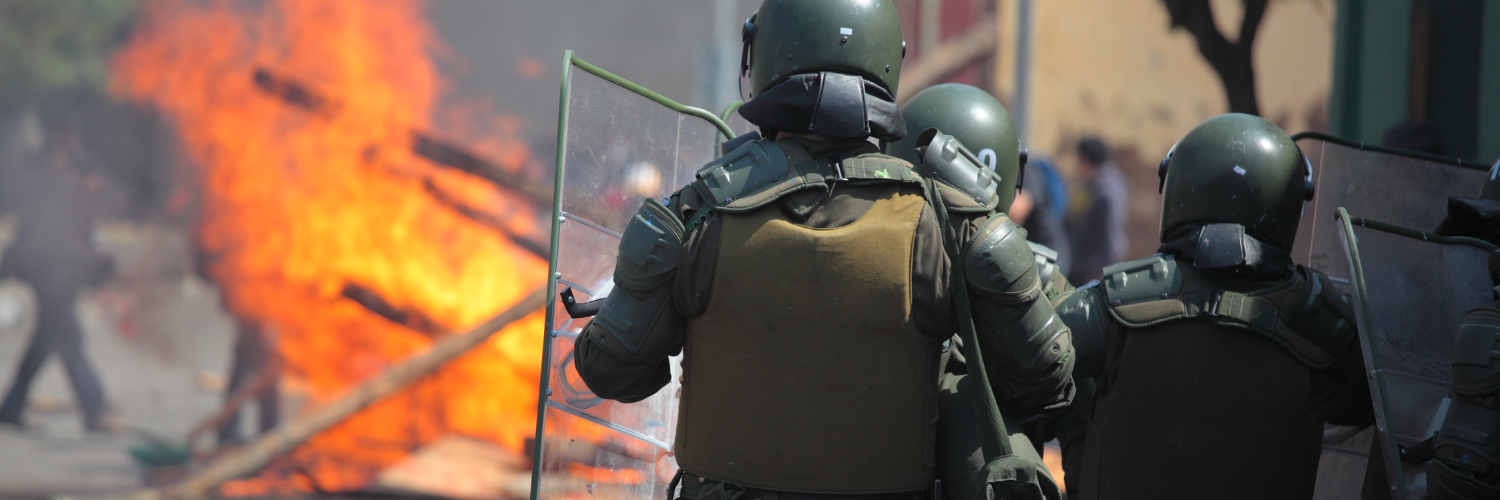

IMF: the financial arsonist
The International Monetary Fund was founded to promote international monetary cooperation, facilitate global trade and contribute to financial stability. Over time, however, its mandate was expanded to provide “support” to economies experiencing financial difficulties, and it has evolved into a tool at the service of neoliberal interests.
On 15-20 April, the annual spring meetings of the International Monetary Fund (IMF) and the World Bank are being held in Washington. The official purpose of these meetings is to bring together efforts to end extreme poverty and promote shared prosperity.
This international body was established in 1944 to promote monetary cooperation, facilitating international trade and contributing to financial stability. Since its founding, it has sought to eliminate restrictions that hinder the expansion of world trade and exchange rate stability and avoid competitive currency devaluations between countries.
With the end of fixed exchange rate systems after the gold standard was abolished during the 1970s, its role changed. The advent of neoliberalism in the US and Western European economic policies meant a new role for the IMF, which began to finance nations with trouble paying their debts and balancing their payments.
A lifeline that brings civil unrest and social misery
IMF financial assistance is not free, as is well known, loans are accompanied by strong austerity which disproportionately affects the poorest sectors of the population and often ends up benefiting the elites.
The IMF’s usual mechanism for this is the imposition of conditionalities, such as loan forgiveness for countries needing balance of payments support, or, as in the case of Pakistan, weapons transfers into Ukraine. In other words, the IMF is often used as yet another foreign policy tool of Western corporatocracies.
The conditions imposed on debtor countries open their economies to the introduction of foreign capital, corporations, and investors. This is done by privatising public services and selling off the crown jewels of the countries receiving this “aid”, especially their natural resources and land.
As a general rule, the IMF demands that governments reduce public spending, raise taxes and implement reforms to reduce their debt-to-GDP ratio. Cutting social subsidies on fuel and food or reducing public investment in hospitals, schools, and roads becomes the “new normal”.
These draconian austerity measures provoke demonstrations and revolts among the affected populations, known as “IMF riots”. A term coined to describe the waves of protests that took place in developing countries during the 1980s and 1990s, and which perfectly defines the consequences of the actions of a financial firefighter who starts fires.
The economic crises in Mexico and Greece and subsequent IMF bailouts highlighted the negative role the IMF has played in recent years, nonetheless, the widely documented record of its interventions over the last 50 years has been more than dismal. Although humanitarian organisations such as Oxfam and CAFOD never stop denouncing that the IMF’s “austerity campaigns” severely harm poor countries and that it has played a “devastating” role in the global debt crisis, the international lending agency shows little sign of changing its course.
If you want to discover the best option to protect your savings, enter Preciosos 11Onze. We will help you buy at the best price the safe-haven asset par excellence: physical gold.
Leave a Reply
You must be logged in to post a comment.





Interessant article.
Merci
Moltes gràcies, Manel!